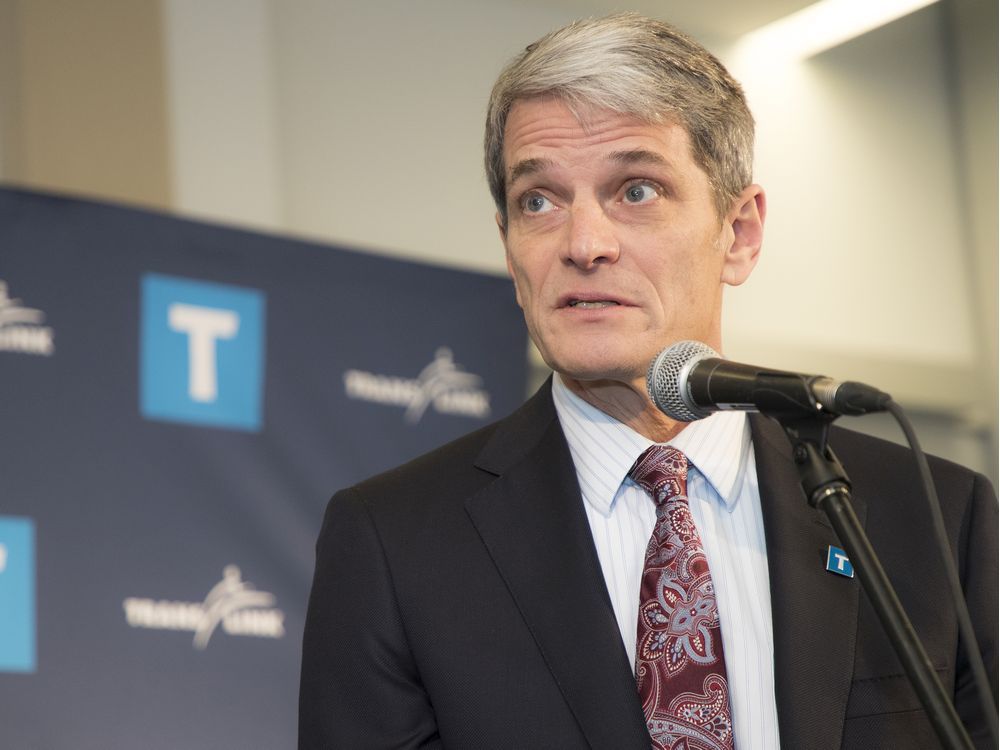Mayors' Council endorses business case for Surrey-Langley SkyTrain

Credit to Author: Jennifer Saltman| Date: Fri, 31 Jan 2020 00:10:12 +0000
Metro Vancouver’s mayors have voted to send the business case for a SkyTrain line between Surrey and Langley to the federal and provincial governments for approval.
The plan proceeded despite reservations regarding cost, viability and benefits of the project from some members of TransLink’s Mayors’ Council.
Surrey Mayor Doug McCallum said the approval is a significant milestone.
McCallum promised during his election campaign in 2018 that a planned light-rail line in Surrey would be scrapped in favour of SkyTrain to Langley, and his council put the plan in motion at their first meeting.
“It’s a very, very exciting day for the City of Surrey to have the business plan approved because basically that’s the go-ahead to do it,” McCallum said.
“This particular project, with the changes and the development of it, was done in exceptional time, in basically a little over a year, which I think’s unheard of in this type of project.”
The cost of an eight-station, 16-kilometre line between King George station in Surrey and the City of Langley is $3.12 billion, if it’s built in a single stage. Annual operations and maintenance costs are estimated at $31.7 million, and annual fare revenue is projected to be $21.3 million by 2035.
Although the business plan lays out the benefits of the entire line, the first stage of the project will only take the train to 166th Street in Fleetwood for $1.63 billion — seven kilometres of track and four stations.
The annual operating and maintenance cost is estimated at $17 million and annual fare revenue for the Fleetwood extension in 2035 is estimated at $10.2 million. It’s believed that ridership for the shorter line would be 39,900 in 2035.
The cost of extending the line beyond Fleetwood — $1.9 billion — will be covered in the third phase of the region’s 10-year transit plan. However, that phase is not yet funded.
If the business plan is approved by senior levels of government, a revised investment plan could be done this summer, followed by procurement, and construction could start in early 2022 with the line going into service by late 2025.